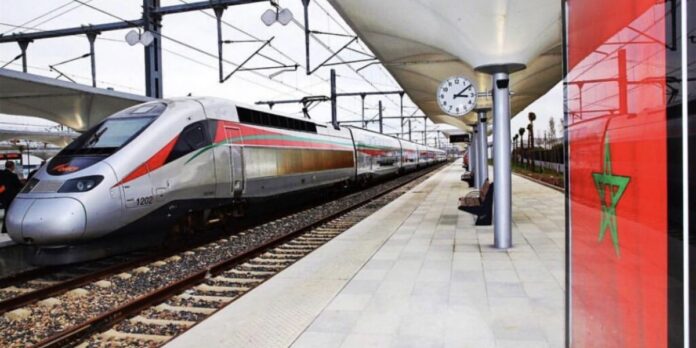Morocco’s railway network is on a roll. In 2024, more than 55 million passengers used the country’s trains—an impressive 4% jump from the previous year—solidifying rail as a go-to mode of transport across the kingdom.
That momentum translated into strong financial results for the national railway operator. The ONCF reported total revenues exceeding 4.8 billion dirhams, a rise driven largely by the continued growth of passenger travel and a striking rebound in phosphate freight shipments.
At the center of this progress is Al Boraq, Africa’s first high-speed train. Celebrating its sixth anniversary this year, Al Boraq carried 5.5 million passengers—6% more than in 2023—and generated 780 million dirhams in revenue, up 11% year-over-year. The train’s appeal lies in its blend of speed, comfort, and reliability, and it has become a symbol of Morocco’s broader ambition to lead in sustainable, innovative transportation.
Freight activity also held strong, with container and logistics services boosting ONCF’s cargo revenue to 703 million dirhams, a 10% increase. In total, 8.5 million tons of freight were transported—up 2% compared to the previous year.
But the real standout was phosphate. After years of fluctuation, shipments surged 46% to 12.8 million tons, producing more than 1.1 billion dirhams in revenue, a 27% increase. This resurgence in one of Morocco’s key export commodities marks a significant win for the rail sector.
Despite inflationary pressures, ONCF maintained tight cost control. Earnings before interest, taxes, depreciation, and amortization (EBITDA) reached 1.95 billion dirhams, up from 1.57 billion in 2023 and more than double the 900 million posted in 2019, the first full year after the previous development phase began. Operating profit remained stable, and when excluding infrastructure amortization, it hit 1.2 billion dirhams.
Net profit followed a similar path. Without infrastructure costs, ONCF posted earnings of 898 million dirhams, reinforcing the strength and resilience of Morocco’s railway business model.
Looking ahead, the ONCF has already begun laying the groundwork for its next major phase of development, with 2 billion dirhams invested in 2024 alone. That funding is focused on sustaining current performance while launching a new growth cycle aimed at 2030. Key projects include extending the high-speed rail line to Marrakech, introducing commuter rail systems in major metropolitan areas, and overhauling the national train fleet.




